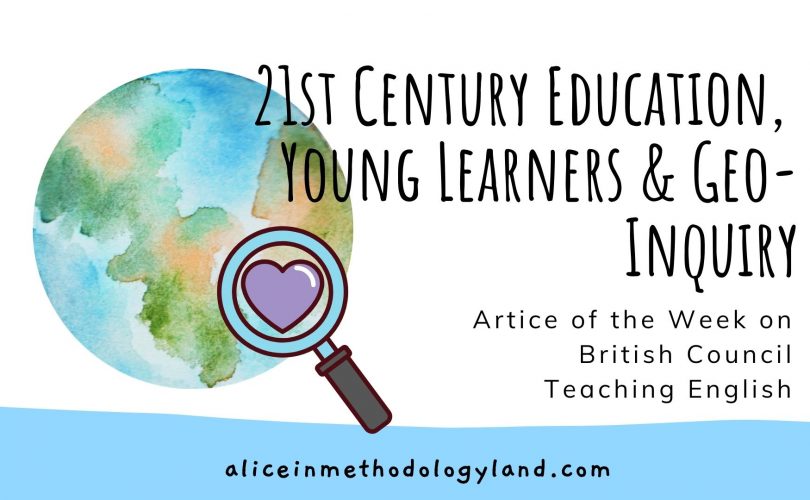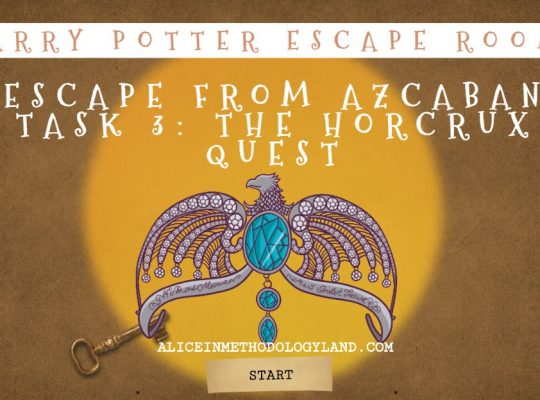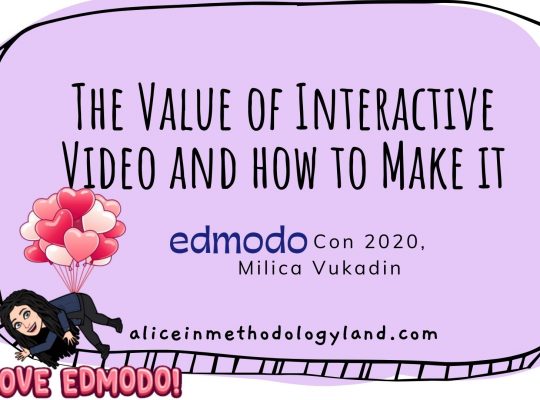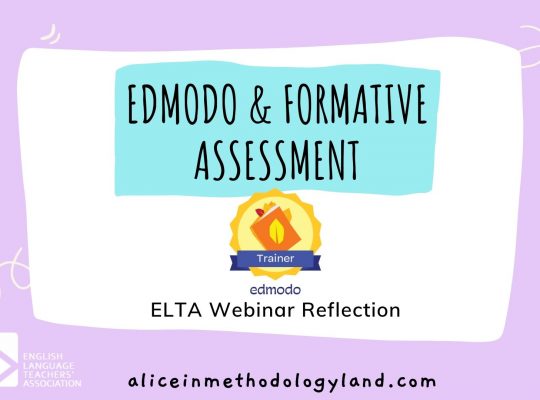21st-century skills are not a new concept, although, at first glance, these skills sound otherworldly and virtually impossible to develop – Geo-inquiry might help. Many teachers shiver at the very thought of implementing them in their classrooms. Let’s warm-up together and start using them daily with Geo-Inquiry and these easy steps!

21st-century skills are a must in many innovative teaching methods, and they appear so naturally that we don’t even notice them. These skills are not an approach or method. They represent the needed characteristics for achieving academic and professional success in the 21st century. Teachers usually single out one 21st-century skill and make a lesson around it, when in fact, we should use innovative methods that incorporate many of these skills, such as Geo-inquiry.
Some of these methods are Theme-Based Instruction (TBI), STEM (Science, Technology, Engineering, and Mathematics), and Project-Based Learning (PBL). Unfortunately, these methods also require more time for lesson development. On the other hand, Inquiry-Based Learning requires less preparation, and teachers with less experience can plan an Inquiry-Based lesson quickly.
Geo-Inquiry, a teaching method developed by National Geographic, is a single method that combines all the needed activities for developing new skills. This method can easily be adapted and used from preschool to high school, and it also combines all the teaching approaches mentioned above.
Here are the steps of the Geo-Inquiry process:
- ASK – develop a Geo-Inquiry question;
- COLLECT – acquire geographic information;
- VISUALIZE – organize and analyze geographic information;
- CREATE – develop Geo-Inquiry stories;
- ACT – share Geo-Inquiry stories.
Here is a summary of a theme-based unit I developed by following these steps. It’s a work in progress, so the last part is not completed yet.
ASKING
4th grade: Before starting, we shared an instructional poster to explain our investigation steps. The process started by brainstorming and ASKING questions about the environment. We discussed major global environmental issues and talked about how they impact our local environment. Finally, we selected the most burning issue in our local community by using bar graphs and voting.
COLLECTING
The issue dealt with waste pollution on a local scale, and we focused on paper waste. We COLLECTED geographical information connected to energy and water used in producing paper and local deforestation in our national park and the city. We went outdoors, took photos, mapped the locations, and interviewed people.
VISUALISING
To VISUALISE our data, we used colorful mind maps to group them. By taking a leadership role in investigating, the children concluded that opening paper recycling centers could bring more jobs to locals while also protecting ecosystems.
We developed communication and critical thinking skills by collaboratively connecting the waste of energy, water, deforestation to loss of local habitats and species decline. We also discussed helping animals in need.
CREATING and ACTING
Our project will continue by CREATING a story based on the conclusions we visualized. We will practice digital skills, video editing skills, and digital storytelling. In the end, we will ACT by writing letters to city officials, and we will host a public presentation. Our goal is to encourage parents and school employees to reduce, reuse, and recycle paper and organize paper collecting from the streets and compost it in our school to advocate for less deforestation.
This may sound not very easy, but by achieving deep learning while encouraging leadership, creativity, and collaboration in your students, you also contextually develop their language skills. Language learned this way stays in student’s permanent memory, and it becomes a part of their collective knowledge. You only need to prepare an instructional poster with the steps because your students will develop the lesson by themselves.
Just remember, to develop the 21st-century skills in students, we must develop them in teachers first. You are a moderator and an observer in these activities, while the students are active participants and peer teachers. Embark on your 21st-century classroom journey by letting go of frontal teaching. Let the students guide you – not the other way around.
How would you develop 21st-century skills through Geo-inquiry? Write in the comments or via the contact page. I would love to hear your opinion.
Further learning references:
National Geographic Educator’s Guide to Geo-Inquiry

Click here to explore my store where 99% of materials are forever free!
All the materials except lesson plans and 30+ page interactive activity books will be free FOREVER! Why? Because sharing is caring, and 2020 hasn’t been kind to all of us. Please consider donating so I can keep making FREE materials for everyone and keep my website open for all of you.
Don’t forget to leave a review when you download materials! It’s just a minute of your time, and it means a lot to me.
P.S. The store and the freebie library are not the same thing – the freebie library has some extra materials like conference presentations and webinar recordings which are not available in the store ✨
The subscription link for the store is below my bio in every post. ?









[…] Start your journey with 21st-century skills with Geo-Inquiry – A post on British Council Teaching English […]